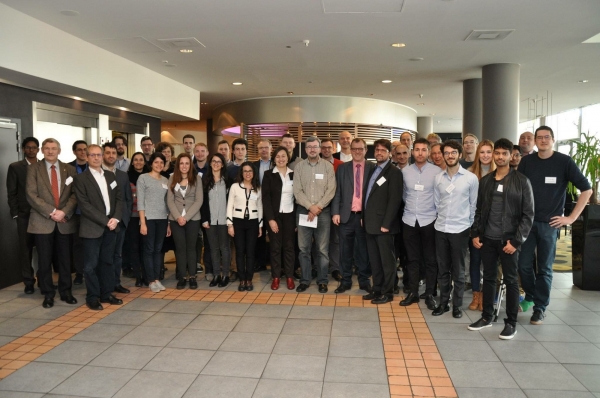Del cerdo, hasta los andares (Everything but the squeal). So says a popular Spanish popular adage to express that, when it comes to pigs, almost everything is used; ears, tongues or hooves are just some of the parts that are taken advantage of, and now hair can be added to the extensive list of this valuable animal's uses.
The FQM-383 research group at the University of Córdoba has synthesised a new chemical catalyst to clean waters containing organic pollutants, using pig hair, a form of waste for which different applications have been innovated in recent years. It is a residue of which there exists tons and that, on large pig farms, generates contamination because there is no sound management of it. With this new function this environmental problem could be partially solved.
Specifically, pig hair is used as a natural source of sulphur to design the catalyst, which is coupled with copper chloride as a metallic precursor of the photoactive material. This combination yields copper sulphide, Cu2S, a material that can be used to purge organic contaminants from water. As one of the authors of the study, researcher Rafael Luque, explains, this is just one of the ways that this animal's hair could be exploited. "By using a different metal in the reaction," he says, "different metal sulphides have been developed for other applications in (photo) catalysis and for the production of hydrogen."
The finding is part of the COSMIC project, a European network in which the University of Córdoba participates and that researches the use of alternative energy sources that improve the production of chemical reactions. Specifically, the project focuses on the use of ultrasound and microwave techniques, the latter used in this particular case to heat and decompose the pig hair from which sulphur is generated.
In contrast to the classic methods of activation and heating used in chemical reactions, ultrasounds and microwaves boast greater efficiency in chemical reactions. In the case of microwaves, for example, heating is faster, homogeneous and localised, since it is produced directly on the solution, then expanding to the walls of the receptacles, such that it requires less energy, time and money.
The objective of COSMIC is to investigate and make progress in the use of these two alternative energy sources, still embryonic in Europe in the field of Chemistry. "The ability to transform different forms of waste into chemicals and products is quite underdeveloped," says the project leader at the UCO. In just 10 years the European Union has dropped on the ranking of chemical compound sales, beaten out by Asia and the Near East. From 2005 to 2015 the EU's participation in the world market for these products has dropped from 28.2% to 14.7%, so the development of competitive technologies has been identified as a necessity if we want the European chemical industry to remain competitive in the global economy.


